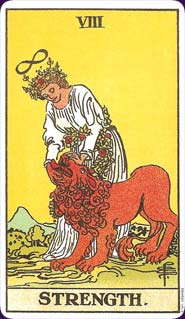The Kurds and the Catalans are voting for self-determination. It seems nothing can stop a people who have decided to vote for self-determination, although it seems not a single state is ready to accept it. The lesson from Somaliland, an unrecognised country since 1991, is: there is no need to worry about not achieving international recognition: you can live very well without.
Certainly these elections will be held, one way or another, and the outcome is predictable: overwhelming support for independence.








